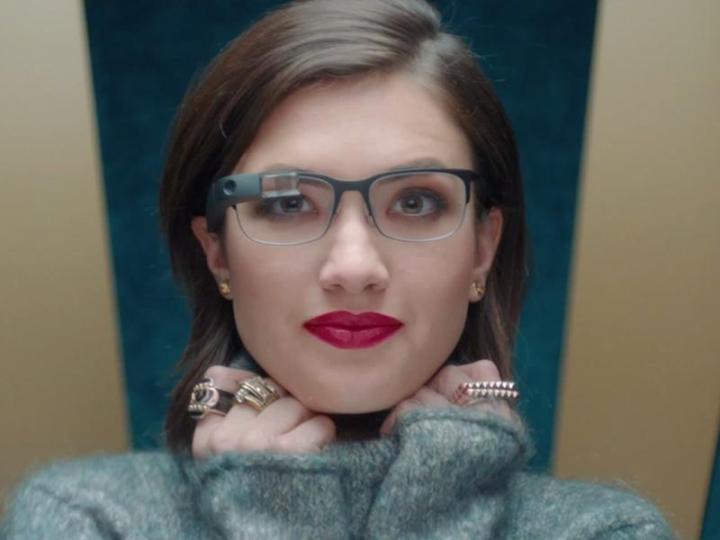
By using his or her smartphone as a microphone, the Glass wearer can see subtitles appear on screen almost instantly. For someone who usually has trouble hearing what’s being said it can make a huge difference. There’s more in the pipeline too: The software developers are working on a tool that that offers two-way translation between different languages.
The software program, called Captioning On Glass, taps into the speech recognition technology that is built into Glass and backed up by Google’s databases on the Web. Any mistakes can be edited retrospectively by the speaker if necessary.
“This system allows wearers like me to focus on the speaker’s lips and facial gestures,” said Professor Jim Foley of the School of Interactive Computing, who has been testing the system. “If hard-of-hearing people understand the speech, the conversation can continue immediately without waiting for the caption. However, if I miss a word, I can glance at the transcription, get the word or two I need and get back into the conversation.”
“Glass has its own microphone, but it’s designed for the wearer,” explained Professor Thad Starner, who is working on both this app and Google Glass itself. “The mobile phone puts a microphone directly next to the speaker’s mouth, reducing background noise and helping to eliminate errors.”
Even if the general public aren’t picking up Glass in their droves, airport staff, doctors and police officers are some of the groups of people who have been finding the device useful, and perhaps these smaller successes are all Google is hoping for right now. Head to the Captioning On Glass website to learn more about the app and how to install it.
Editors' Recommendations
- The best Google Pixel Watch deals you can shop right now
- Google Photos adds long-requested quality of life change … kind of
- 10 years on, Google Glass is still a Google I/O high point
- Google Pixel 6 can now tap into Verizon’s faster C-Band 5G
- You can now move WhatsApp messages between Apple’s iPhones and Google’s Pixels

